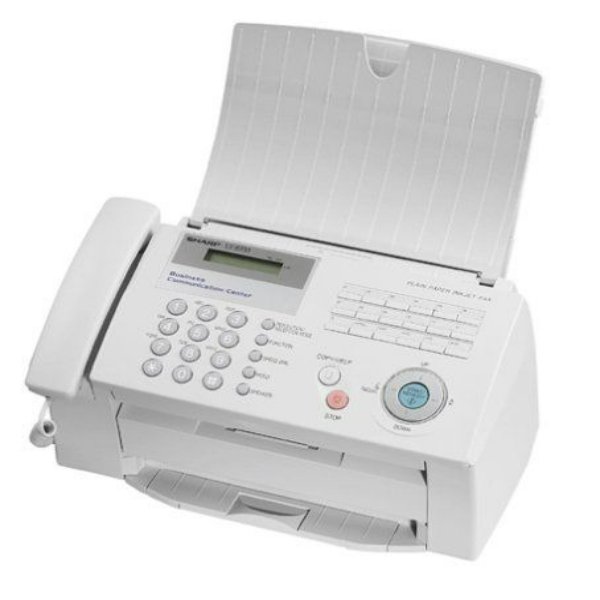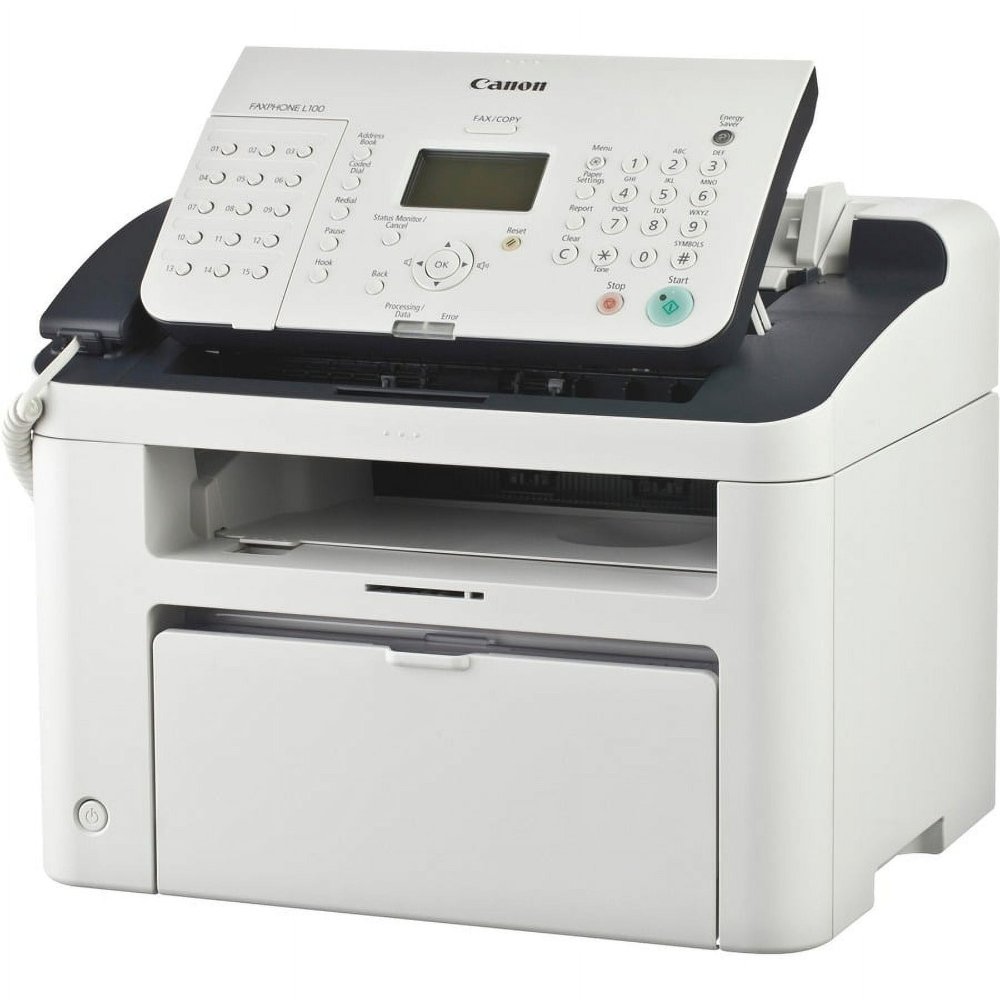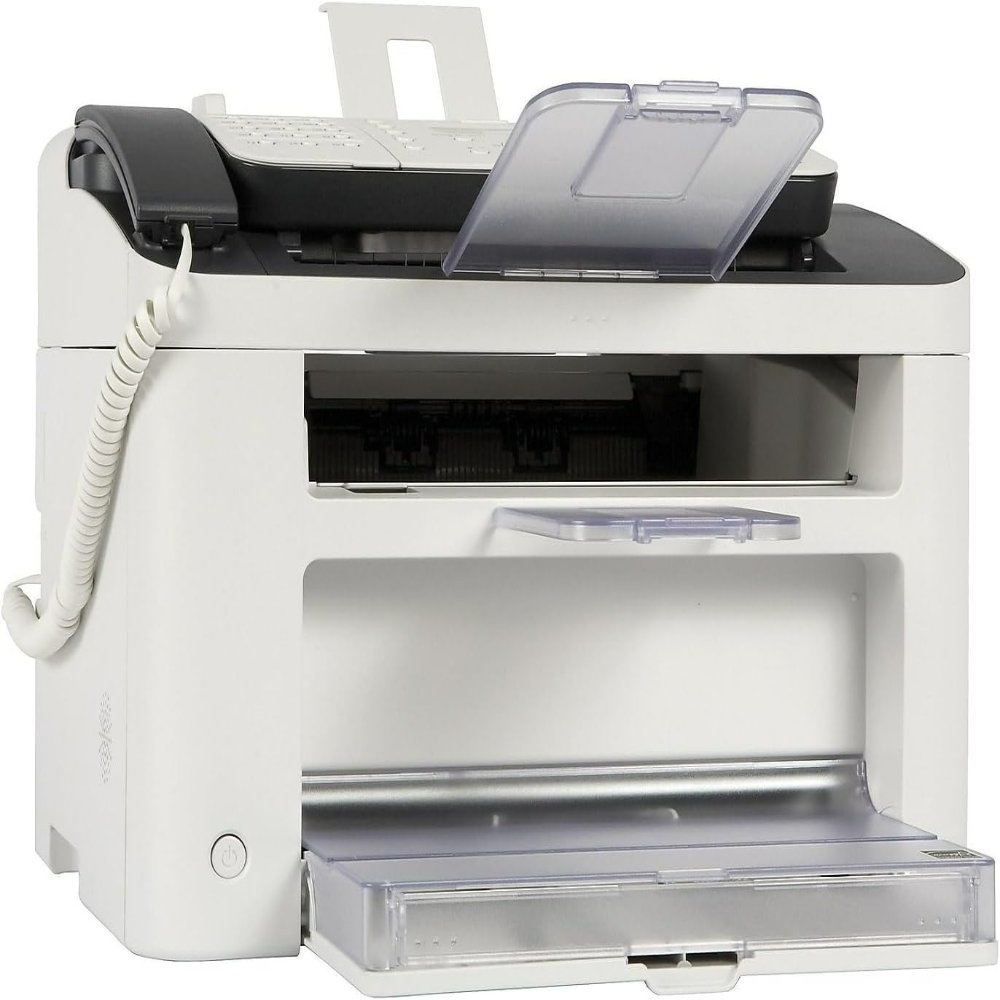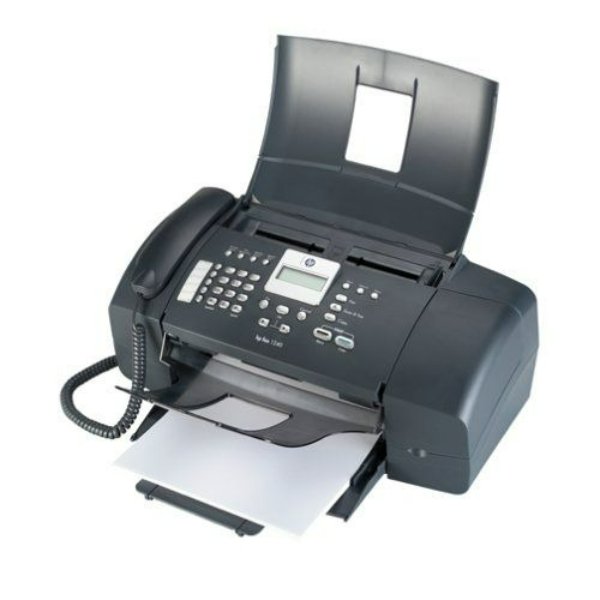The Origins of Fax Technology
The story of fax technology begins in the 19th century. Scottish inventor Alexander Bain received the first patent for a fax machine in 1843. His invention scanned a message optically, line by line, sending signals across wires to reproduce the original image on the other side. In 1861, physicist Giovanni Caselli improved upon this design with his ‘Pantelegraph,’ which could send images over telegraph lines. This technology grew more sophisticated over time with inventions like the wire photo used by newspapers in the 1920s.
Early fax machines were not for everyday use. They were large and complex devices reserved for business and government communication. It was not until the 1960s that fax machines became more accessible to the general public. Continued advancements made the machines faster, more reliable, and compact enough to fit in any office. The breakthrough came with the integration of digital technology, allowing faxes to be sent over telephone networks with greater ease. This innovation marked the beginning of the widespread use of fax machines in the 1970s and 1980s.
Fax technology leveraged the existing infrastructure of telephone networks to transmit data. This was revolutionary. With the creation of international standards, different fax machines could now communicate with each other without compatibility issues. This ease of use and universal access contributed to the fax machine’s popularity for urgent document transmission worldwide.
By understanding how fax technology originated, we can appreciate its role in shaping communication history. Although today’s digital methods may seem light-years away, they owe much to the foundational principles of Bain’s and Caselli’s early work. Their legacies persist each time a fax is sent, linking the past to the present in a continuous thread of innovation.

Core Principles of a Fax Machine Operation
The basic operation of a fax machine can seem quite complex, but it rests on simple principles. A fax machine works by converting the contents of a document into a series of electronic signals. These signals then travel through telephone lines to the recipient’s fax machine. Upon reception, the machine translates the signals back into the original document’s image.
The process begins when you feed the document into the fax machine. An internal scanning mechanism reads the document. It uses light to detect the dark and light areas corresponding to the information you want to send. This phase is crucial as it determines the fidelity of the transmitted content.
The scanning yields a digital copy of the document made up of numerous tiny dots called pixels. The fax machine assigns a binary code, consisting of zeros and ones, to these pixels. The pattern of the binary code represents either a black or white spot on the page, which allows for the recreation of the text and images.
These binary signals, also known as ‘bitmaps,’ are then sent over the telephone network. It’s like sending Morse code, where each dot and dash corresponds to detailed parts of the document.
On the other end, the receiving fax machine decodes these signals. It reconstructs the binary patterns into an exact replica of the original document. This happens as the machine prints out the document one line at a time, using a special printer built into the machine.
A critical element in this operation is the use of international standards for encoding and transmitting data. These standards ensure that the sender’s fax machine and the recipient’s machine speak the same language, enabling successful communication.
In summary, the fax machine digitally encodes a document, transmits the encoded data, and then decodes it to recreate a physical copy at the destination, all through the convenience of standard telephone lines. Understanding these core principles helps to demystify the seemingly arcane process of faxing documents.
Key Components of a Standard Fax Machine
Understanding how a fax machine works requires a look at its key components. These parts work together to ensure the smooth operation of sending and receiving documents. Here are the fundamental pieces that make up a standard fax machine:
- Document Feeder: This part pulls the document into the machine. It ensures the paper moves smoothly for scanning.
- Scanner: The scanner shines a light on the document. It captures the image as a series of light and dark areas.
- Modem: The modem converts the scanned information into audio tones. These tones can travel through telephone lines.
- Printer: After receiving a fax, this unit prints the document. It uses heat or ink to transfer the image onto paper.
- Control Panel: This includes buttons and a display. It lets users program the machine and command operations.
- Paper Tray: Here is where blank paper is stored. The machine pulls from this tray to print incoming faxes.
- Phone Line Connection: This connects the fax machine to the telephone network. It is critical for data transmission.
These components are vital for how does fax machine work. Each plays a specific role in the process of faxing. The scanner reads the document while the modem sends or receives it over the phone line. The printer then recreates the document on paper. Users interact with the machine through the control panel. The document feeder and paper tray manage the paper handling during the process.
Maintaining these components is essential for the fax machine’s reliable performance. When they work together seamlessly, the process of faxing is efficient and reliable. With these basics in mind, it is easier to understand how fax machines have remained useful in modern offices and businesses despite the digital age.

Step-by-Step: Sending a Fax
Sending a fax involves a series of straightforward steps. Here is a simplified guide to help you understand how does fax machine work when sending documents.
- Prepare the Document: First, ensure the document is ready for faxing. Check for clarity and legibility.
- Power On the Machine: Turn on the fax machine and make sure it’s connected to a working phone line.
- Load the Document: Place the document in the document feeder. Align it according to the tray markers.
- Enter the Fax Number: Use the control panel to key in the recipient’s fax number correctly.
- Set Sending Options: Choose any required settings, such as resolution or contrast, for your fax.
- Start the Faxing Process: Press the ‘Send’ button to begin. The machine scans and sends the document.
- Wait for Confirmation: After sending, the machine will print a confirmation page. This indicates a successful transmission.
By following these steps, you’re utilizing the key components of a fax machine effectively. The scanner interprets the document, and the modem transforms and transmits it over telephone lines. At the receiving end, another fax machine will follow a similar but reverse process to print the document. Always remember to check that the phone line is functioning to avoid interruptions in the faxing process.
Receiving a Fax: The Process Explained
Receiving a fax follows a sequence almost mirroring the sending process. Here’s a step-by-step breakdown of how a fax machine works when a document arrives:
- Notification: The fax machine alerts you with a ring or a notification light when a fax is incoming.
- Answering: The machine automatically picks up the call and establishes a connection with the sender’s device.
- Receiving Data: Audio tones, which are the modulated signals carrying the document’s information, travel through the phone line to your fax machine.
- Decoding: Your machine’s modem decodes the tones back into binary data, reconstructing the document’s image.
- Printing: The printer then heats up or applies ink to create a hard copy of the fax on paper.
- Confirmation: The machine often prints out a confirmation report, indicating the receipt and printing of the document.
During this process, the key components of the fax machine, such as the modem and printer, work together to ensure that what you receive is an accurate physical copy of the original document sent to you. It’s essential to keep the machine connected to a working phone line, just like when you send a fax.
By understanding the steps involved in receiving a fax, users can troubleshoot common issues or be assured of successful transactions. Regular maintenance is also crucial to prevent any disruptions in this process. With the knowledge of how a fax machine works, handling faxes can be straightforward and reliable even in today’s digital era.

The Role of Telephone Networks in Fax Communication
Telephone networks are integral to how does fax machine work. They connect fax machines across distances, enabling the transfer of documents. Here’s a snapshot of their role:
- Essential Link: Telephone lines serve as the crucial link between sending and receiving fax machines.
- Signal Transmission: They carry the audio tones, which are the document’s encoded information, from sender to receiver.
- Consistency: The standardized nature of telephone networks ensures steady and reliable communication between different fax machines.
- Universality: Because telephone networks are widespread, they allow faxes to be sent to and received from virtually anywhere in the world.
- Speed: Modern telephone lines facilitate the quick transfer of data, making faxing a timely method for document exchange.
- Accessibility: With a phone line, faxing remains accessible even in locations with limited internet access.
This reliance on telephone networks explains why disruptions in phone service can affect fax performance. To maintain effective fax communication, a stable connection to the telephone network is vital. Regular checks on these lines can prevent issues and ensure smooth functioning of fax machines. As we move forward, the use of telephone lines in faxing reflects the technology’s ability to adapt and find relevance, even as digital communication methods evolve.
Fax Machine Maintenance and Common Issues
Maintaining a fax machine is vital for its proper function. Here are tips to keep your machine in top shape:
- Regular Cleaning: Dust and dirt can cause paper jams or scanning issues. Clean your machine regularly.
- Check Consumables: Replace ink or toner cartridges as needed. Ensure you have sufficient paper.
- Update Software: If your machine is digital, keep the software up to date to avoid glitches.
- Inspect Phone Lines: Faulty phone lines can disrupt service. Test them to prevent communication failures.
- Scheduled Servicing: Have professional maintenance done periodically, especially for heavy use.
Even with careful maintenance, common issues may arise with fax machines:
- Paper Jams: Remove stuck paper gently and check the feeder for obstructions.
- Poor Print Quality: This might be due to low ink levels or a dirty scanner. Address these issues accordingly.
- No Dial Tone: Confirm the phone line is plugged in and functioning.
- Missed Faxes: Ensure the machine is powered on and check for errors in the fax number.
- Error Messages: Refer to the manual. Troubleshoot based on the specific error indicated.
Understanding how does fax machine work and keeping up with maintenance can minimize these common problems. This ensures reliable and clear communication when sending or receiving faxes.
The Evolution and Future of Fax Technology
Despite the rise of email and other digital communication methods, fax technology has proven remarkably resilient. The evolution of fax machines highlights their adaptability in a rapidly changing technological landscape.
The future of fax technology seems intertwined with digital transformation. Today’s fax machines are more likely to be multifunction devices, combining printing, scanning, and even email capabilities. Internet fax services have gained popularity, allowing users to send and receive faxes without physical machines, using email or web interfaces.
Several factors will influence the future of fax technology:
- Improved Security: Fax transmissions are generally considered secure, but as threats evolve, so must fax technology. Expect advancements in encryption and secure transmission protocols.
- Integration with Cloud Services: Cloud-based document management systems could work seamlessly with fax services for storage and retrieval of documents.
- Mobile Fax Solutions: As smartphones become ubiquitous, mobile apps are being developed to send and receive faxes on-the-go, offering greater convenience and accessibility.
- Eco-friendly Innovations: With environmental concerns on the rise, the next generation of fax technology may emphasize reduced paper use and lower energy consumption.
- Government and Healthcare Reliance: These sectors still rely on faxing for secure document transfer and may drive innovation in fax technology.
Despite debates about its obsolescence, the fax machine’s ability to constantly evolve has allowed it to remain relevant in certain fields. Understanding how does fax machine work helps in appreciating its resilience and the fact that it may still be part of the future’s communication toolkit. As we look ahead, it’s clear that while the fax machine of the future may not resemble its forebears, the principles of faxing will continue to influence how we share information across distances.
